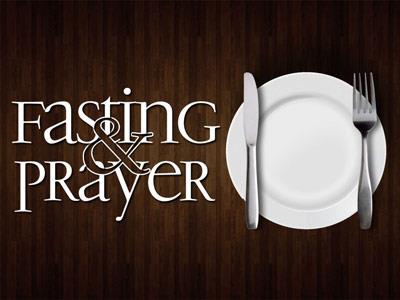-
Confession & A Transparent Life Series
Contributed by Matthew Kratz on Nov 28, 2017 (message contributor)
Summary: True believers are 1) Cleansed from sin (1 John 1:7); yet, 2) Confessing sin (1 John 1:9); and even 3) Conquering sin (1 John 2;1a).
On April 29, 2009 Pope Benedict XVI met with a delegation of aboriginal Canadians he had invited to the Vatican at the request of the bishops of Canada. On the topic of residential schools, Benedict expressed “his sorrow at the anguish caused by the deplorable conduct of some members of the (Roman Catholic) Church and he offered his sympathy and prayerful solidarity,” according to the Vatican press summary of the meeting. The delegation was led by national chief of the Assembly of First Nations, Phil Fontaine, a former residential school student himself. Calling the meeting the historic “final piece” of the confession of sin by the various churches, he told CBC News that it should “close the book” on the issue of church apologies. (http://news.nationalpost.com/full-comment/father-raymond-j-de-souza-should-the-pope-apologize-again)
The fact that forgiveness is complete and irrevocable, led some to wrongly conclude that those who have received salvation need never again confess their sins before God and request forgiveness. The proponents of this view contend that, in order for Christians to accept genuinely their full pardon and fully enjoy their liberty in Christ, they must ignore sin and focus solely on God’s grace. But historically, such teaching has consistently led to the error of antinomianism—a practical disregard for the law of God and a callous lack of concern for violating it. If such people are truly saved, they are indifferent toward the disciplines that produce holiness in their lives. The effects of such faulty thinking are disastrous. (John MacArthur, The Freedom and Power of Forgiveness [Wheaton, Ill.: Crossway, 1998], chapter 3.)
Repentance is not only God’s work in the heart leading to salvation (Acts 2:38; 3:19; 11:18; 2 Cor. 7:10; 2 Tim. 2:25), but also an essential element of every believer’s sanctification (cf. 2 Cor. 7:1). John concludes the opening section by applying two tests of genuine salvation that are related to repentance: a belief in God’s forgiveness of sin and a regular practice of confessing sins. This instruction suggests three terms that describe true believers in contrast to those who falsely profess to be in the fellowship of faith (cf. 1:6, 8, 10). True believers are 1) Cleansed from sin (1 John 1:7); yet, 2) Confessing sin (1 John 1:9); and even 3) Conquering sin (1 John 2;1a).
True believers are:
1) Cleansed from sin (1 John 1:7)
1 John 1:7 7 But if we walk in the light, as he is in the light, we have fellowship with one another, and the blood of Jesus his Son cleanses us from all sin (ESV)
Walk is used throughout the New Testament, especially in Paul’s letters, to describe the effect, not of justification, but of sanctification. Salvation is not only a change in one’s legal status as divine righteousness is credited to one’s account, but a change in behavior as actual righteousness is given to believers by the very indwelling presence of God’s Spirit. Daily living of the Christian life is a Spirit-enabled walk (John 8:12; 12:35; Rom. 6:4; 8:4; 1 Cor. 7:17; 2 Cor. 5:7; Gal. 5:16, 25; Eph. 2:10; 4:1; 5:8; Col. 1:10; 1 Thess. 4:1). The verb is a present subjunctive, expressing continuous action that is nevertheless hypothetical because it applies only to some people. Those who walk in the Light do so because the power of God has regenerated them. As “new creature[s]” for whom “new things have come” (2 Cor. 5:17), they will behave in a way that reflects the power of God’s righteous life in them, just as God Himself is in the Light (cf. 1:5). The opposite of living in the darkness is living in the light, i.e. being responsive to the divine revelation of the truth which shows us how we ought to live. To live in the light is to come into the sphere where God himself is to be found, or rather to live in the same way as God himself. (Marshall, I. H. (1978). The Epistles of John (p. 111). Grand Rapids, MI: Wm. B. Eerdmans Publishing Co.)
To walk in the light’ involves a willingness to be open towards God and his revelation in Christ, while ‘walking in the darkness’ involves a refusal to do this. The author of 1 John, however, is less concerned to define what walking in the light or the darkness means than he is to explain the consequences of doing so. He noted in 1 John 1:6, the consequences of walking in the darkness while claiming fellowship with God are that ‘we lie and do not live by the truth’. The consequences to walk in the light are spelled out in 1:7. These are twofold: The first consequence is, we have fellowship with one another. There is no real fellowship with God which is not expressed in fellowship with other believers. (Kruse, C. G. (2000). The letters of John (pp. 63–64). Grand Rapids, MI; Leicester, England: W.B. Eerdmans Pub.; Apollos.)

 Sermon Central
Sermon Central



